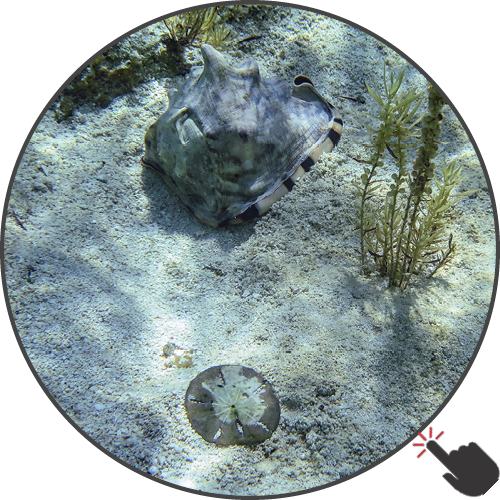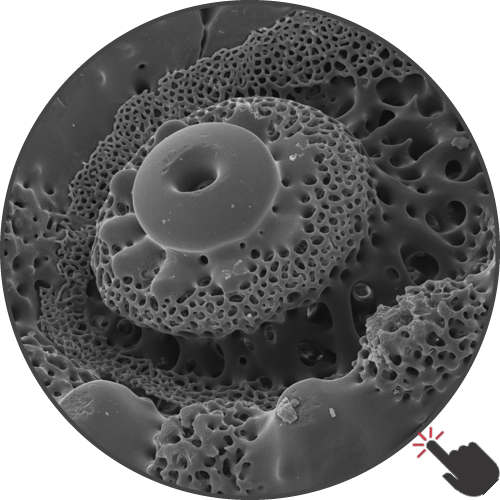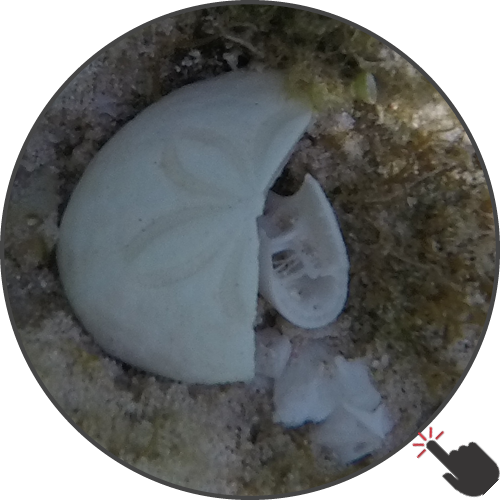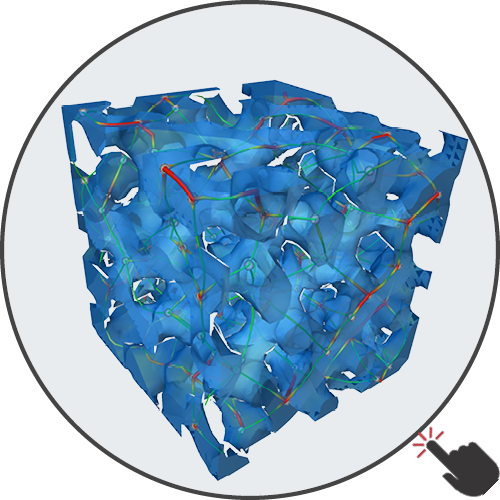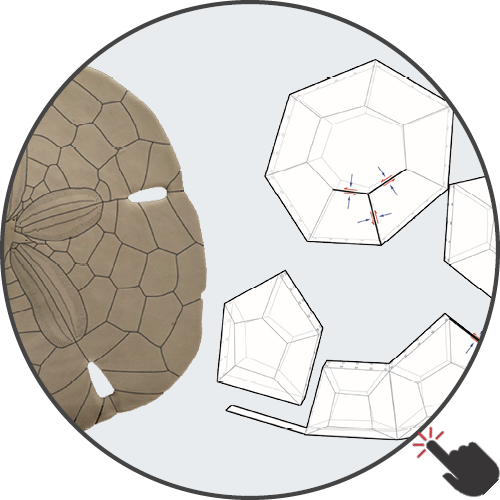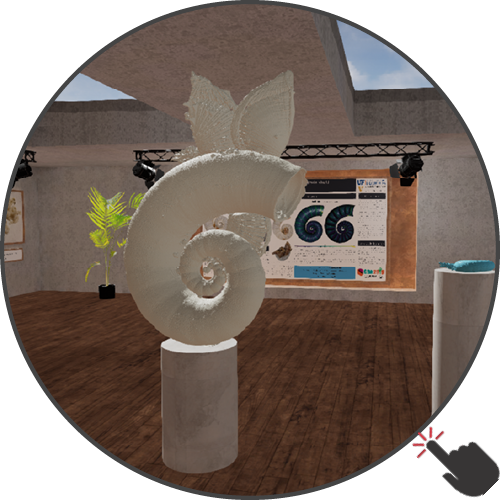Virtual reality
Background
Virtual reality allows the development of immersive 360° environments which allow the user to interact with 3d models of organisms. With the aid of a 3d headset and controllers, the user can observe and manipulate the models.
Professional game developing software such as Epig Game's Unreal Engine allow the creation of photorealistic environments. The user can now interact in an immersive 360° setup.
The exhibition room contains various information of the organism. A prominent figurine allows the user to even see small details of the shell. The smaller blue model on the right pillar can be picked up and manipulated.
Simple interaction with a 3d model (CT scan) of a Spirula shell.
Scientific information about the organism are displayed as poster.
Geographic information of sample sites are retrieved as 3d maps. 2d maps above help to identify the location on the globe.
More background information on the environment, sample sites, and organisms are presented as illustrative artwork.
A dedicated room provides information on funding, acknowledgements, and copyrights.
